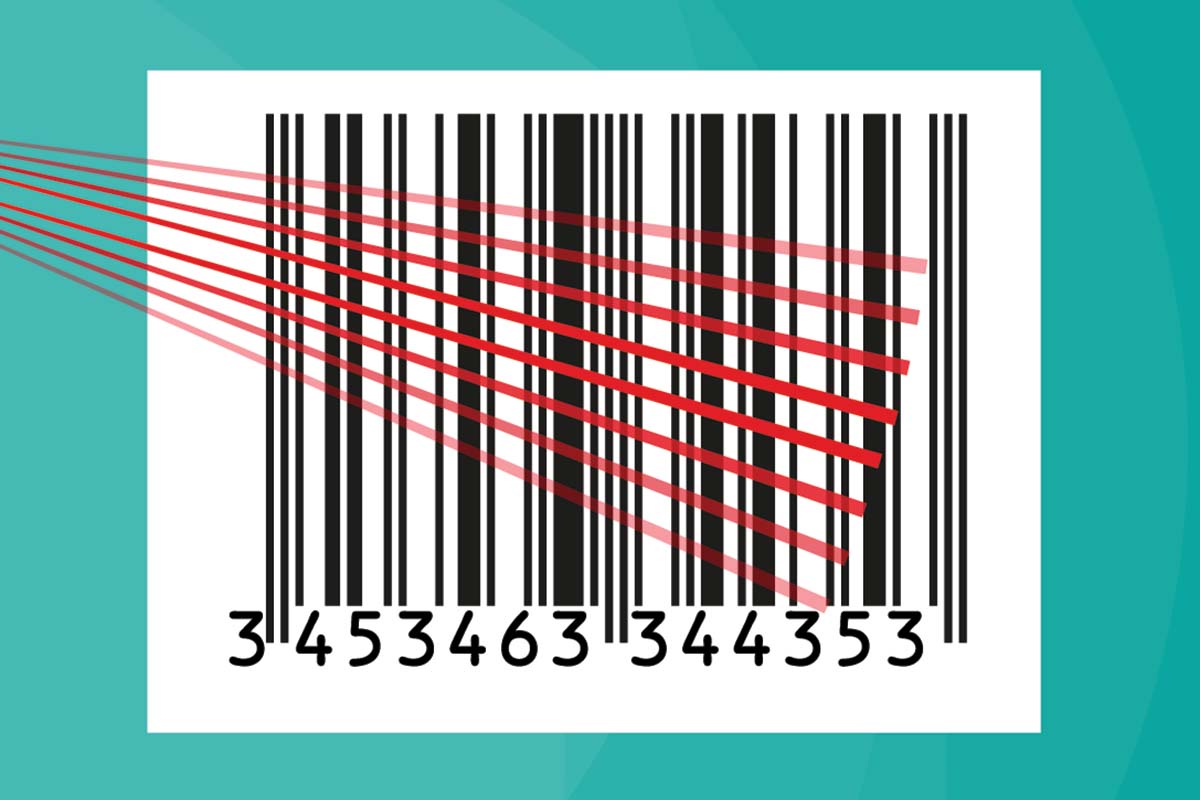Success Stories
SKU Rationalization Yields Efficiency and Cost-Effectiveness
Customer improves cash flow, saves space and increases profits by reducing inventory

The Project
SKU rationalization may not sound like the most exciting of topics, but when it comes to staying competitive, it can make a very big difference indeed. One customer realized that they had more products than they required, and that their oversized inventory was having a negative impact on their profitability. What they needed was a way to determine which products they used the most so that they could become leaner and more successful. They called Flexcon sales representative Danielle Cole and told her, “We have a list four pages long of different products we buy from you. How can we consolidate it?”
The management team had determined that some of their employees had been calling Flexcon to order products before checking the company inventory, resulting in the company’s four-page inventory list of various SKUs. This meant that a lot of unnecessary inventory was tying up a lot of money and taking up way too much space in the company’s warehouse. A lot of paperwork would be needed to undo what had been done.This customer knew they had to rein in their SKUs. Working closely with Danielle, the sales manager developed a plan to simplify the company’s inventory. Together, they were able to identify a handful of more universally-suited products that would meet most of the company’s needs.
The Challenge
The project was not without its bumps. The customer works on a number of medical applications, so some of the film constructions are spec’d in to meet specific end-use requirements. Danielle noted that there were also some custom products. “They are like Flexcon in that they’ll customize anything,” Danielle said.
Even with the occasional specialty product, however, Danielle, the sales manager, and other members of the Purchasing and Sales Departments were able to trim the four-page list down to a page and a half – a lot more manageable! In addition, working together, they identified a handful of products that could be held in a Special Stock program and ordered from Flexcon’s Chino, California facility. This meant they could cut some of their lead times from 21 days down to two or three.
The ultimate result is that the customer now has a lot less inventory aging on their warehouse floor, and has more capital to work with on a day-to-day basis. Just as importantly, employees have far fewer options to pore over, helping to reduce the time spent on selecting the right product. “I think it’s helped them find the products that were more economical for them,” Danielle said. “They are saving in terms of space, man hours, and inventory costs. Purchasing can now manage fewer SKUs, so that checklist saves time too.”
Danielle added that, although there has been a lot of success, both she and the customer consider their effort a work in progress, and she looks forward to working with them to continue making them even more successful.
The Result
“During the process, the business was at risk of being underpriced by Action Packaging’s competition, but we were able to make a product at the needed price point that met all performance requirements and allowed them to win the business," said Kathy Johnson, Technical Service Representative, Flexcon. "We did encounter a few additional challenges throughout the process – labels not sticking and performance issues with adhesives – but we were able to continue innovating to produce a solution that meets all requirements by talking through the details of the application with Doug and his team.”